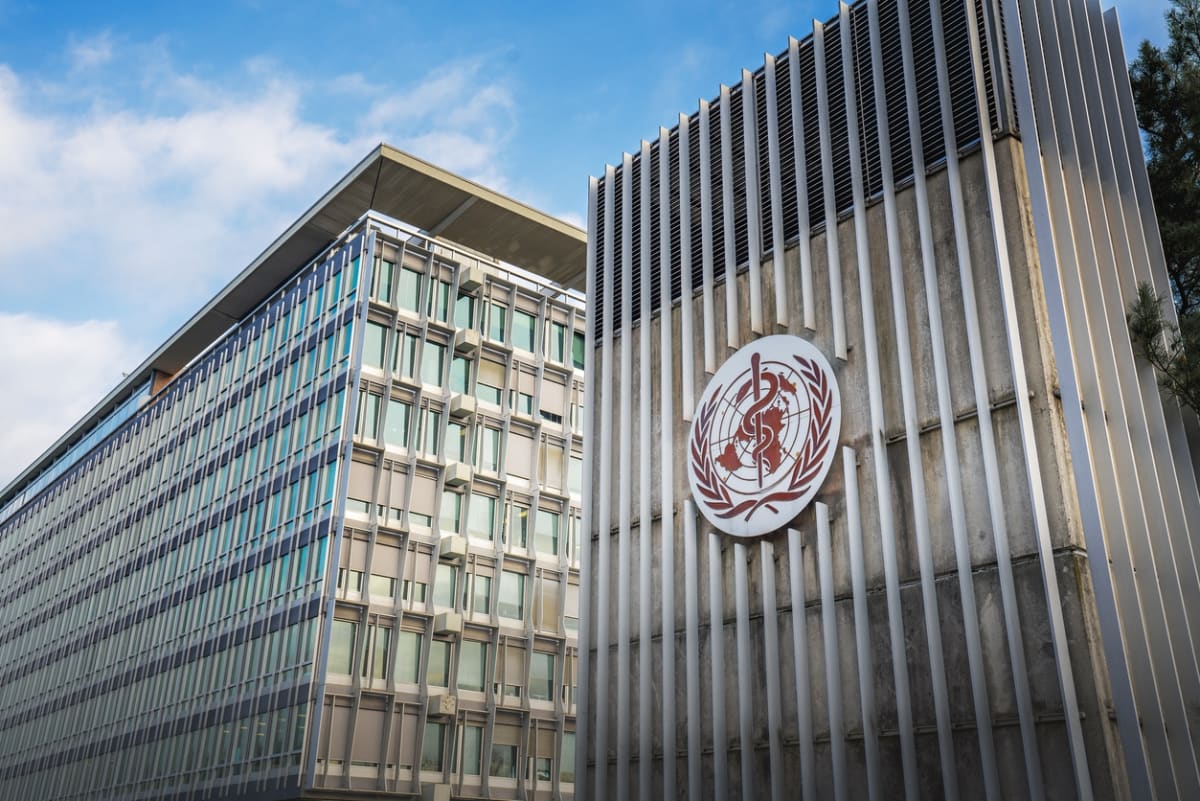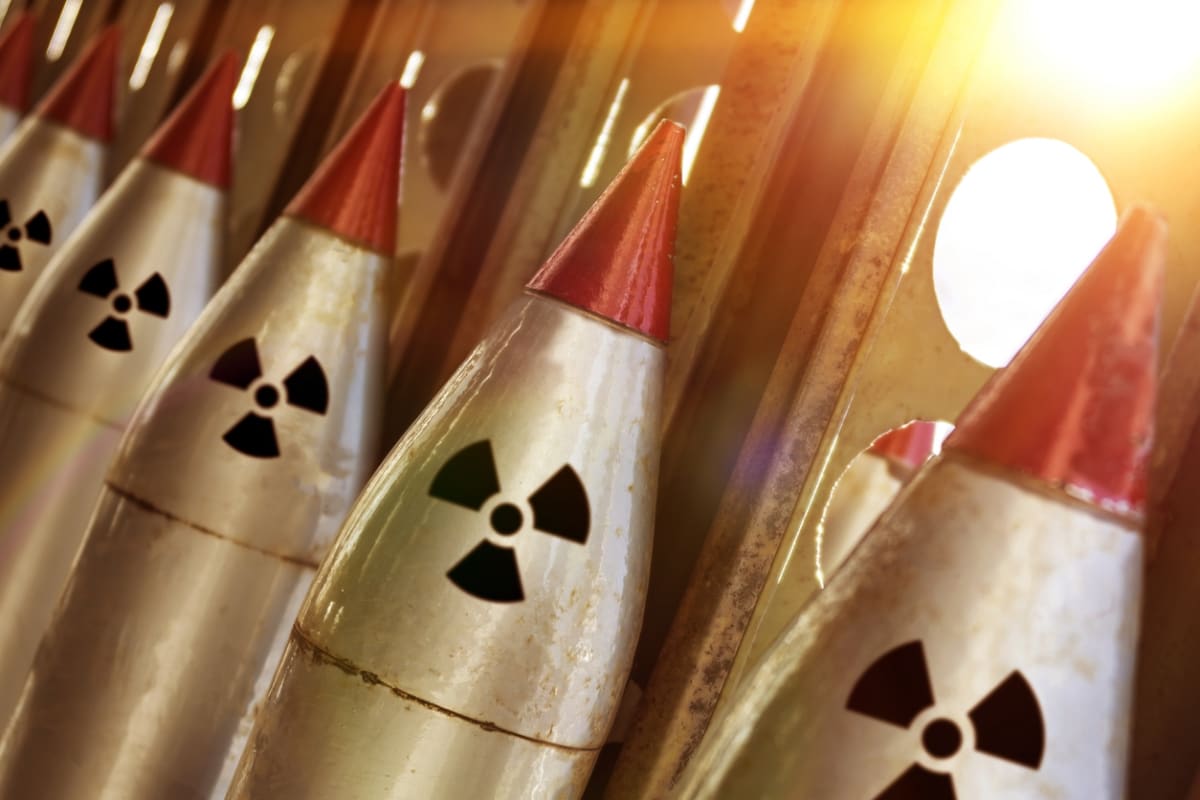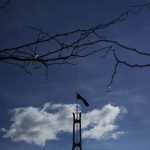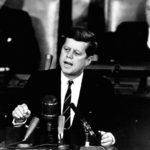World War II finally ended, in Asia, 75 years ago this month. After the death and destruction of two world wars in the first half of the 20th century, it was hoped a third might be avoided.
This analysis briefly examines three points, each with its origins in WWII, as a measure of a changing world order: gridlock in the UN; evolving great power competition; and nuclear weapons proliferation.
The institutional foundations put in place to prevent such a calamity from reoccurring are being choked and eroded by great power rivalries. The horrific final strategic act of the war – the use of nuclear weapons – continues to cast a mushroom cloud shadow over the future.
Today, the resulting strategic situation is, arguably, more dangerous than at any time since 1945. The international order is changing and, just as in August 1945, Asia is at the centre.
Challenging the pillars of the postwar order
The institutional pillars that support the world order as we know it today are a construct of the final years of World War II. Ostensibly as a mechanism for looking after humanity and arbitrating international disputes from trade to international security, their purpose was to avoid another world war.
The foremost of these is the United Nations (UN). Other institutions set up to facilitate a more peaceful world after 1945 include the World Bank and the International Monetary Fund.
The most important appendage of the UN is the United Nations Security Council (UNSC). The former Allies – the United States, United Kingdom, France, Russia and China – hold sway as the permanent five (P5) members. Each has, and willingly uses, veto powers over any resolution before the council.
Today, the UNSC is largely paralysed. Competition and disagreement between the permanent members are severely compromising its efficacy. Russia and China have frequently played their veto cards, most recently over Syria, to vex the US.

Disagreements between the permanent members of the United Nations Security Council, established following World War II, have compromised its efficacy.
In a further challenge to the post-1945 institutions, other multilateral fora have been established by Russia and China that exclude other P5 members.
The Shanghai Cooperation Organisation was founded in 2001. A Eurasian institution spearheaded by Moscow and Beijing, its official languages are Russian and Chinese.
China’s growing confidence on the international stage has led the development of a new group of competing institutions and arrangements such as its Belt and Road Initiative, and the Asia Infrastructure Investment Bank (AIIB). President Xi proclaimed the AIIB represented a new multilateralism. And yet, as tensions mount between them, the US is not a member.
And just as the United States has imposed tariffs and sanctions against China and Russia, it’s little surprise that they’ve pushed back with veto activity in the UNSC.
A further sign is the degree to which the World Health Organisation (WHO) has become a geopolitical pawn since the emergence of COVID-19. President Trump is adamant the United States will now withdraw from the UN body over what he claims to be Chinese interference. Needless to say, this hasn’t helped relations with Beijing.
Trump’s erratic behaviour fuels speculation that the US is stepping away from its willingness to lead the world through times of trouble, as it has done for the past seven decades.
If this is true, it’s another signal that the post-1945 order may be changing more rapidly than many people might think.

Since COVID-19’s emergence, the World Health Organisation has become a geopolitical pawn.
The return of great power competition
Behind the moves to recast the contemporary world order is a complex web of great power rivalries. Principally, these are between the US, China and Russia, but also, to a lesser degree, India. It’s the US-China feud that’s the most acute, but the situation is complicated because there are other states demanding a seat at the big table.
For some time, Russia has been agitating to regain its place as a great power – as its calculated moves against Georgia, Ukraine and, most recently, in Syria reveal. This comes as no surpise. Its resurgence was presaged by a statement made by Vladimir Putin in 2005, nostalgic to restore Russia to its former Soviet might. Since then, Russia has consistently acted out of self-interest on the world stage to position itself as a great power.
However, it’s the rise of China that has signalled the greatest fundamental shift in the post-1945 order – certainly since the collapse of the Soviet bloc that ended the Cold War.
Arguably, China represents a far more potent challenger to the US than the Soviet Union did. More recently, with the arrival of President Xi Xinping in 2013, China has taken a more assertive foreign policy line, as evidenced in its territorial claims in the South China Sea.
China and India, as we’ve recently seen, remain locked in tensions that have their origins in their own 1962 war. These issues continue to simmer as both seek to reaffirm their international reputations as world powers.
They continue to regard each other warily, with India developing its strategic capabilities to deny Chinese meddling in Delhi’s sphere of influence. India’s development of relations with the US since 2005 is further evidence that the allegiances and alignments of world power are shifting.
The 21st century is evolving as a strategically dangerous one, with Asia as the focal point. It’s the region where great power aspirations are colliding with the norms of a global order forged in the devastation of two world wars in a different century.
With this shift, the primacy of the still-formidable power of the US is no longer a given. The security umbrella it’s long provided its allies is being questioned across the world. America’s unipolar moment has passed, and the relative power gap between it and its competitors is closing.
Then there’s the special case of North Korea. By none of the typical measures is the “Hermit Kingdom” a great power, but it is unambiguously a nuclear weapon state. This gives it a chilling currency, a fact clearly revealed during its 2017 missile testing, and its willingness to engage in a serious game of nuclear brinkmanship with the US. Its unpredictability makes it a unique threat to the calculus of international relations.
As a result of this international competition, the 21st century is evolving as a strategically dangerous one, with Asia as the focal point. It’s the region where great power aspirations are colliding with the norms of a global order forged in the devastation of two world wars in a different century.
All of these power complexes reverberate against and through each other. In the Cold War, the great power rivalry was bipolar; today, power competition is multipolar. With more states pursuing their own agendas, it will be far more difficult for any one state to exert a controlling influence.
The crucial determinant in this global balance of power equation is the dynamic between Washington and Beijing. How this plays out will shape the other power relationships. The winner of the US election on November 3, Trump or Biden, will have a significant impact on how the next phase of this rivalry unfolds.
Ominously, the most existentially dangerous element inherent in the 21st century world order, one that has its origins in the late 1930s and has since been a great power staple, is the proliferation of nuclear weapons.
Asia’s nuclear weapons
In recent decades, it’s been Asian states that have been racing to develop their nuclear weapons capabilities. China, India, Pakistan, North Korea and Israel all have their bombs. Iran and possibly Saudi Arabia want one, too.
This highlights the urgency of the situation. It should not be forgotten that the US and Russia are also players in Asia’s game of nuclear chess. All of these states are modernising their nuclear capabilities, and they appear to have no interest in discussing, much less developing, any sort of arms control framework.
Two principal factors are driving this. One is national security and the perceived need of a nuclear deterrent to ward off potential, or more powerful, aggressors. A second is prestige – the notion that developing a nuclear weapons capability signals a mastery of complex engineering, thus placing less powerful states on a more equal footing with the great powers.
Pakistan and North Korea, in particular, fit these criteria, just as India did in 1964 when it undertook to develop its own bomb in response to China’s first nuclear test.

Disturbingly, a recent publication by the Stockholm International Peace Research Institute warns that the nuclear weapons situation is only going to deteriorate. This is supported by the 2020 Federation of Atomic Scientists analysis that argues that the world “Doomsday Clock” is at a mere 100 seconds to midnight.
As the bomb is remembered for its macabre 75th birthday, it’s all the more important to seriously think about not only the human consequences, but the political and military implications, of the Hiroshima and Nagasaki bombings in August 1945.
The danger of forgetting history and complacency in the future
History shows that world orders have expiry dates. The post-1945 world order, ushered in 75 years ago this month, is in its late autumn. Its institutions are stagnating and struggling to maintain relevance as attempts to replace them are afoot. Great power rivalries are intensifying as the number of nuclear weapons states slowly grows, all of them striving to improve their strategic capabilities.
These are but a few signals of the many complicated drivers indicating that shifts are well underway to a new world order.
The passing world order was born under a mushroom cloud. By examining the lessons of the past and not becoming complacent, it just might be possible that the new one will have a more peaceful emergence.
This article was published by Lens.













